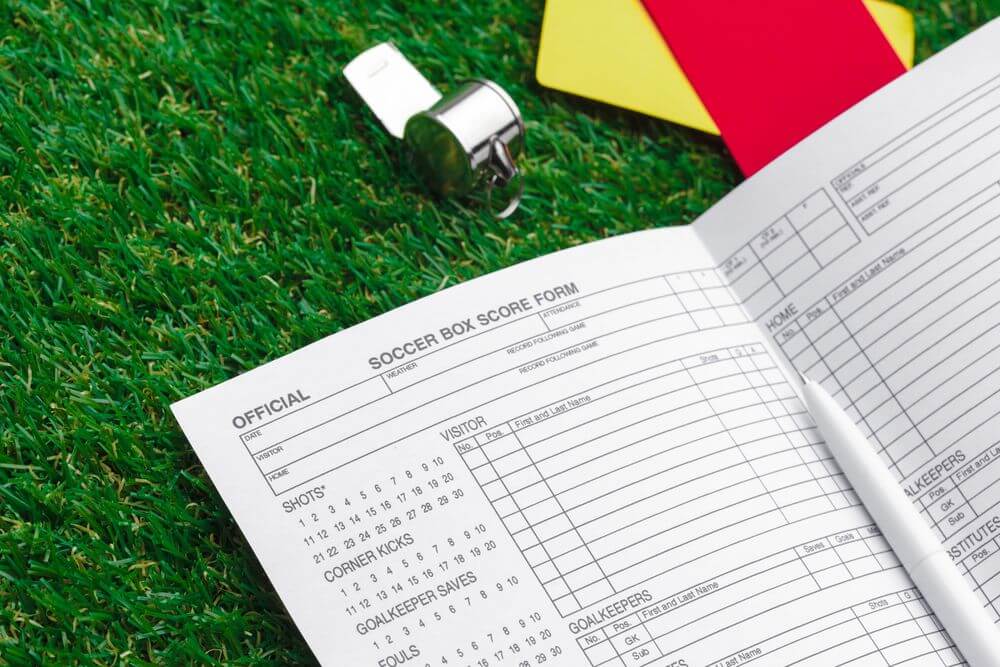Understanding backtesting is important for any soccer bettor looking to make money off their gambling activities. Backtesting is a process of applying a betting system to historical data to see how well it would have worked in the past. This process can help identify systems that may be profitable in the future, and it can also help weed out systems that are not profitable.
Why Backtest?
There are a few reasons why backtesting is important.
- It can help you understand if your betting system has any chance of being profitable. If you find that your system would have lost money in the past, then it is likely that it will lose money in the future as well.
- Backtesting can help you identify any flaws in your system. You may find that your system only works well in certain situations or with certain teams, and this information can be used to improve your system going forward.
- It can help you understand the risk involved with your system. If you find that your system has a high success rate but also a high degree of risk, then you may want to reconsider using it.
How to Backtest?
There are a few different ways that you can backtest your soccer betting system. The most common way is to use software that will apply your system to historical data and then calculate the results. There are a few different software programs available, but Betfair has an excellent one that is free to use. Another way to backtest is to do it manually. This involves going through past data and applying your system yourself. This method is not as accurate as using software, but it can still give you a good idea of how your system would have performed in the past.
Summing Up
Backtesting is an important process for any soccer bettor looking to make money from their gambling activities. Backtesting helps identify systems that may be profitable in the future and weed out those that are not. There are a few different ways to backtest, but the most common is to use software that applies your system to historical data and then calculates the results.









Leave a Comment